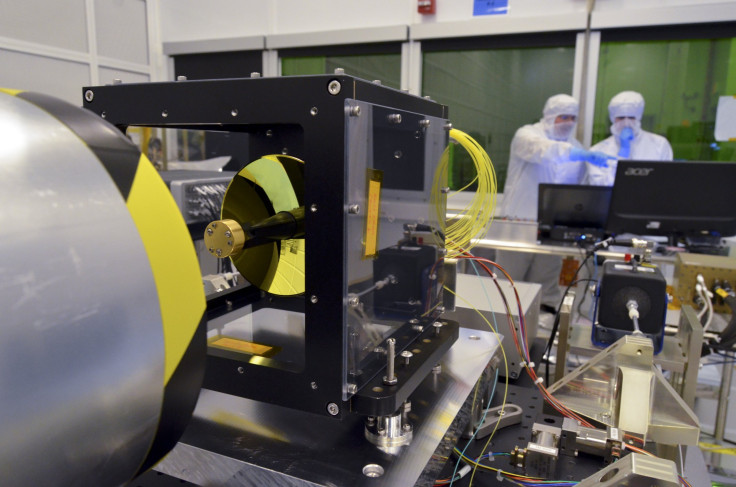Internet In Space: NASA Developing High-Speed Laser Communication Systems

NASA is working on a long-term technology demonstration of a laser-based communication system that could eventually enable high-speed internet connections between ground stations on Earth and spacecraft in orbit or traveling to other stellar bodies. The connection speed will be much faster than allowed by existing technology that uses radio frequencies.
The Laser Communications Relay Demonstration (LCRD) was planned late 2016 by the Goddard Space Flight Center in Greenbelt, Maryland, following the 2013 success of the Lunar Laser Communications Demonstration, which showed that a laser-based communications system was viable in space beyond just low-Earth orbit.
Scheduled for a 2019 launch, LCRD will use laser communications, or photonics. In this system, data is encoded on a beam of light which is transmitted between spacecraft and Earth terminals. The speed of data transfer is between 10 and 100 times the existing radio frequency systems, and even the system itself is much smaller, with lower weight and power requirement.
Steve Jurczyk, associate administrator of NASA’s Space Technology Mission Directorate, which leads the LCRD project, said in a statement Wednesday: “LCRD is the next step in implementing NASA’s vision of using optical communications for both near-Earth and deep space missions. This technology has the potential to revolutionize space communications, and we are excited to partner with the Human Exploration and Operations Mission Directorate’s Space Communications and Navigation program office, MIT Lincoln Labs and the U.S. Air Force on this effort.”
via GIPHY
The LCRD mission is being designed to operate for two to five years. Two grounds stations are located in California and Hawaii, and LCRD itself will be in a geosynchronous orbit to match Earth’s rotation. The spacecraft will have two identical optical terminals connected by a data router, called a space switching unit.
© Copyright IBTimes 2024. All rights reserved.











